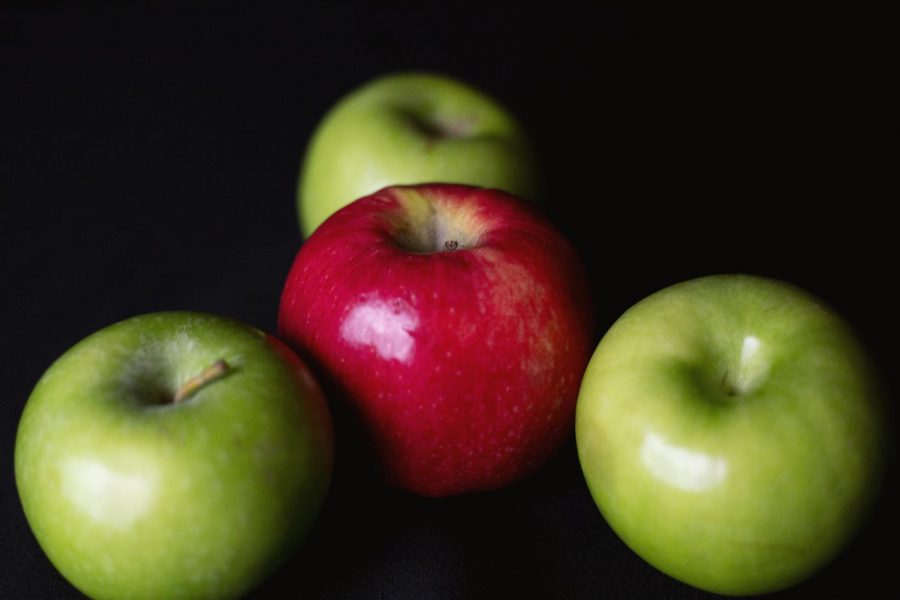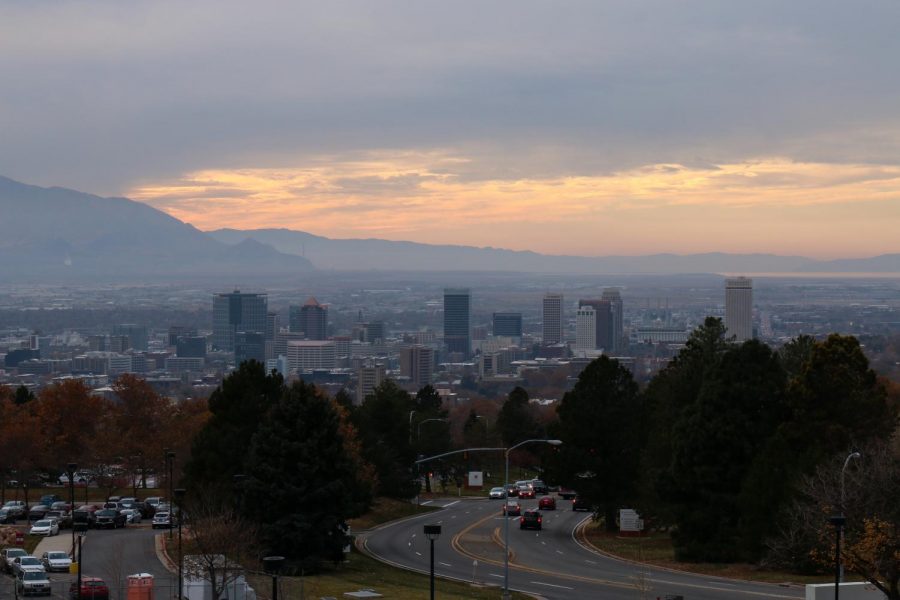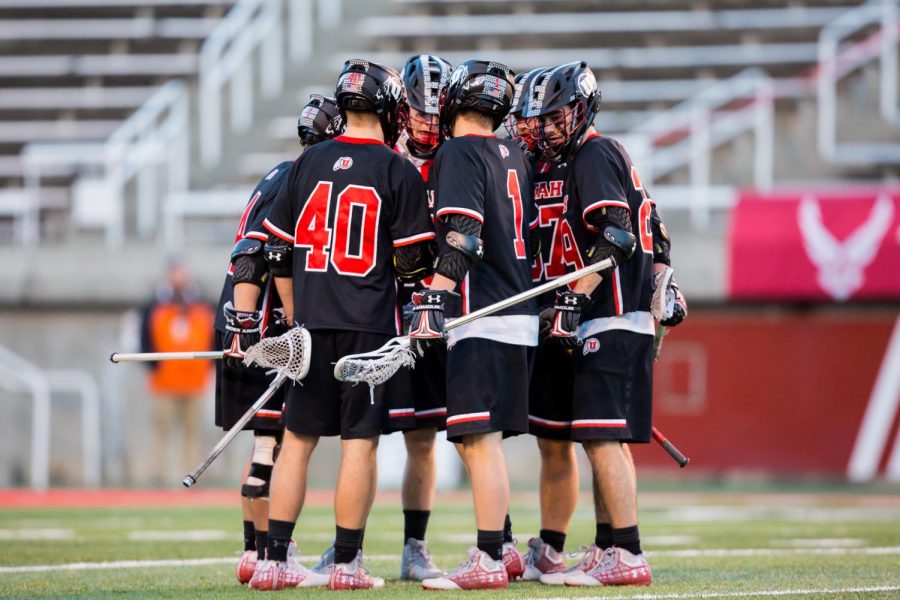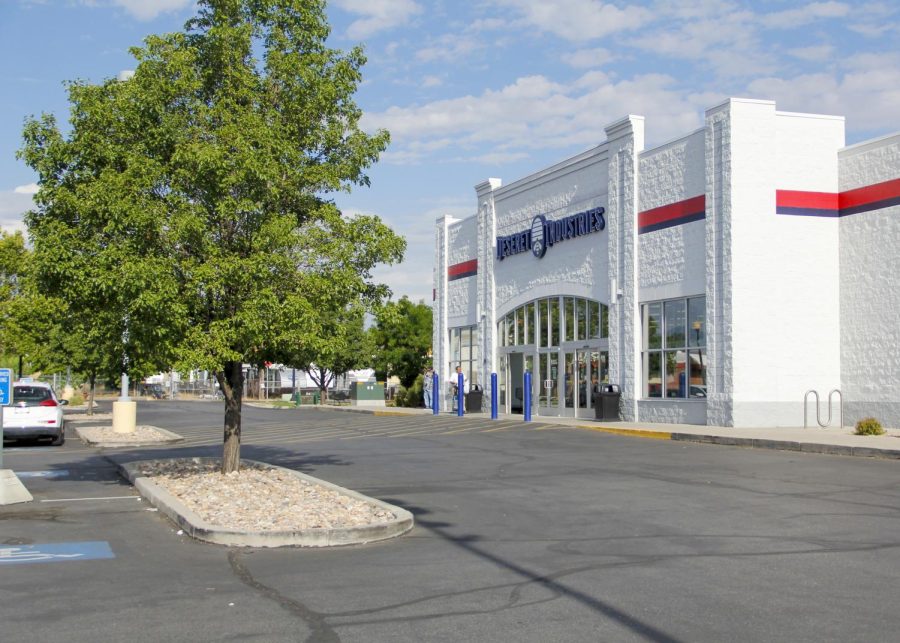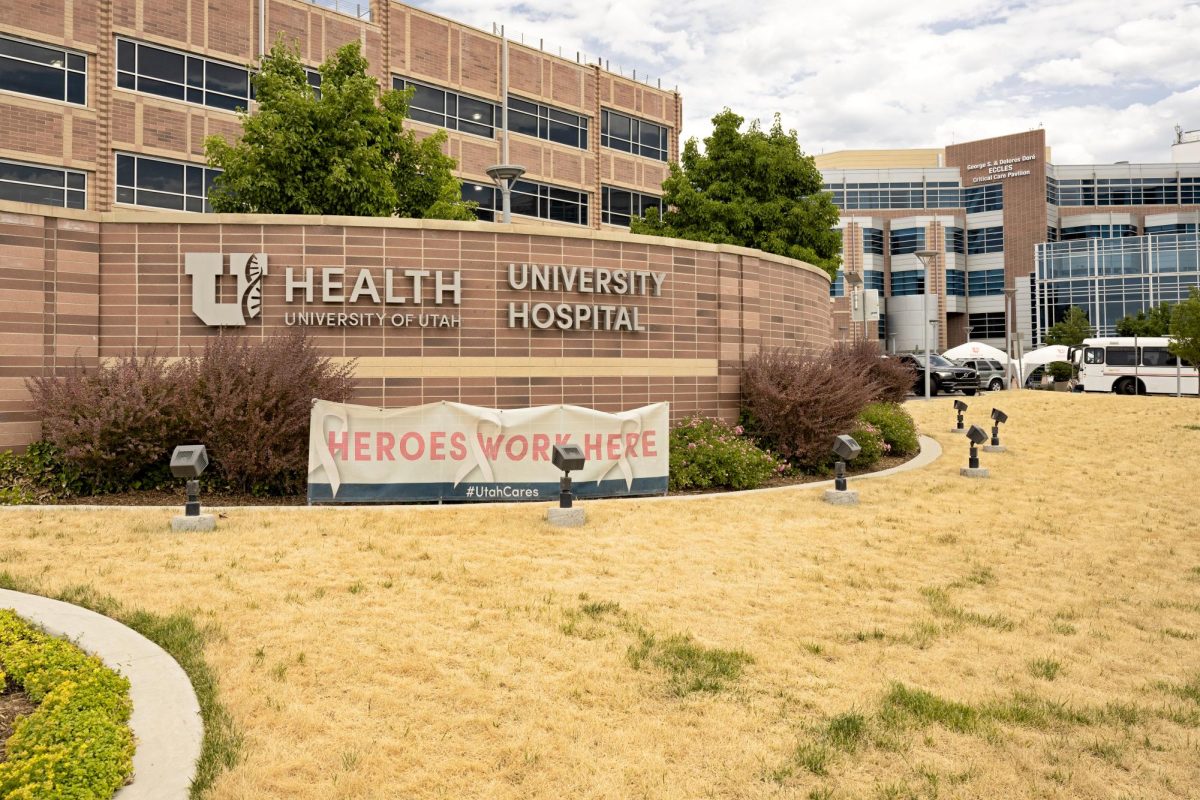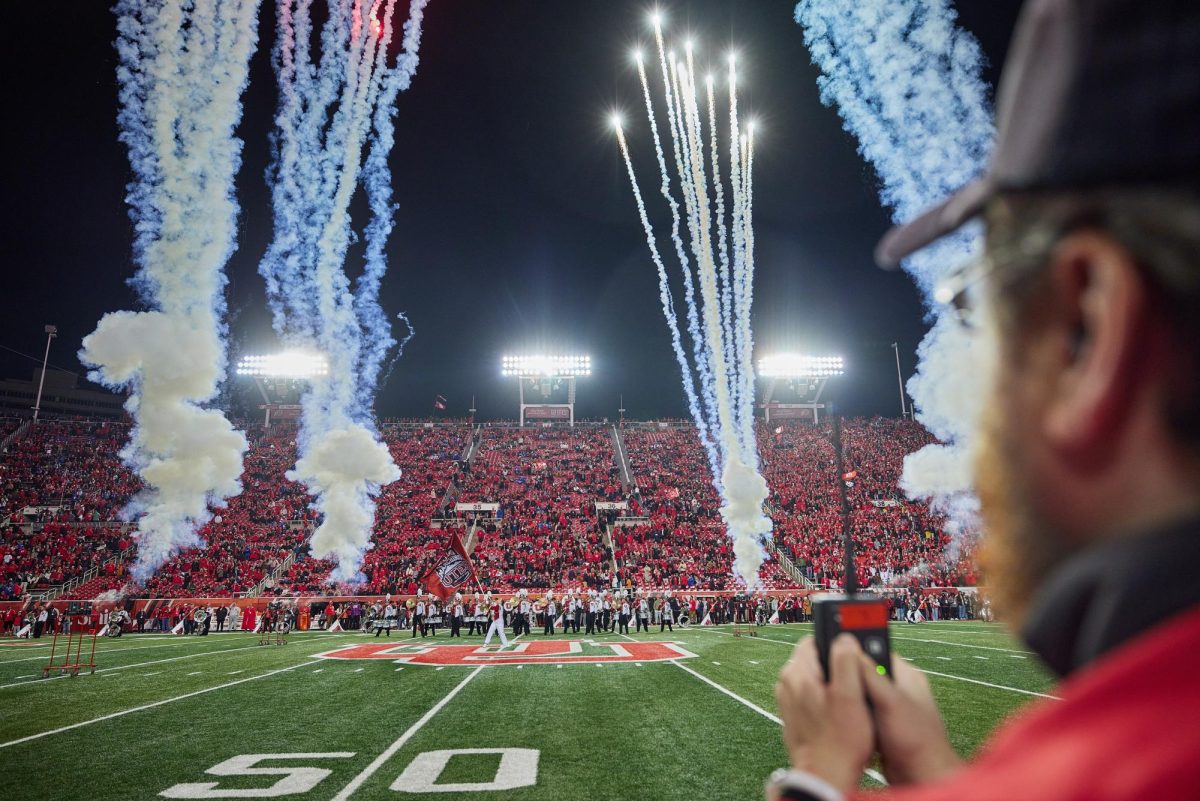Hungry for Change: Solving Food Insecurity and Waste at the U
October 23, 2019
In 2018, 11.1% of U.S. households were categorized as food insecure, according to the USDA. What is food insecurity? Simply put, food insecurity means inadequate food for healthy, active living. Sufficient nutrition and food intake are fundamental to health and well-being. Nationwide, percentages of food insecurity tend to be significantly higher for college students.
“A recent survey on campus found that about 30% of students here have struggled with food insecurity at some point,” said Ben Chenot, director of the University of Utah’s Feed U Pantry. “Within this survey, we received reports of students not buying textbooks to afford food and missing class because of hunger. The Feed U Pantry aims to prevent these food insecurity-related academic issues and allow students, staff and faculty to do the best they can do here at the U.”
The Feed U Pantry, located in the Union basement near the computer lab, provided free food for over 120 students last month, compared to 40 students in September 2018.
“What we like to say at the pantry is ‘All you need is your UCard,’” Chenot said. “We’re open to all students, staff and faculty. We don’t do financial checks or limitations, but instead are a trust-based system.”
November and December are typically the busiest months for the pantry, because scholarship and grant money for students begins to run out. Students in need of food can either go to the Feed U Pantry and receive food in person or order food remotely. To-go bag request forms are available online. Filled orders can be picked up at the Union Services Desk in the Union lobby. A variety of packaged foods and hygiene products are available as well as fresh produce that’s provided by the U’s Edible Campus Gardens. Students, staff and faculty members in a position to help can make non-perishable donations at the Union Information Desk.
According to the Natural Resources Defense Council, over 11% of American households identified as food insecure, but around 40% of edible food actually ends up being thrown away in the United States — about 400 pounds of food per person per year. More discarded food reaches landfills and incinerators than any other single material. Part of this massive produce loss is referred to as a “farm to fork” issue, meaning it happens well before it reaches retailers. American consumers, on the whole, have unyielding cosmetic standards, and tend to reject produce that is misshapen or has a minor blemish. Deemed unfit for the market, large quantities of fresh, high-quality, yet visually imperfect produce grown in the U.S. are fed to livestock, hauled directly from fields to landfills, or simply left to rot to avoid the expense and labor involved in harvest and transport.

Public school districts around the country are beginning to employ efforts to curtail waste. The Oakland School District in California, for example, has trained students to divide lunch tray items for recycling and composting. Lunch recess is now held before lunch is served, helping students build up appetites and feel less rushed. Unopened food packages — i.e. milk cartons, string cheese, yogurt containers, bags of baby carrots and whole fruit with intact peels like apples and oranges — are placed on a share table for other students to grab as desired. A group called Cultivate in Indiana comes in after lunch to package and freeze leftovers into meal-sized portions. Each Friday, insulated backpacks are filled with these frozen meals and sent home with at-risk kids.
Jennifer Nielsen, the Sustainability Coordinator for the U’s Dining Services since June 2017, energetically identifies and promotes sustainable food management practices.
“I originally came to the U to pursue a career as a registered dietitian. Through experiences with the Bennion Center, I found my academic path to global health, focusing on food security. Not everyone has access to fresh, whole food or knows how to cook vegetables. I want everyone to have access to and enjoy eating healthy foods,” Nielsen said.
Nielsen works to reduce waste and maximize available resources by charting student demand for specific foods on different days. When preparing food over fall break, staff members review records showing how much food was consumed during fall break the previous year. After preparing food based on their projections, staff members cook the food in small batches and serve it as needed. This way, if calculations are off, prepared food can be stored and cooked later. Surpluses of cooked food are handed over to the U’s chapter of the Food Recovery Network, which delivers the food to local hunger-fighting nonprofits.
When possible, while ordering produce for the U, Nielsen purchases it through Imperfectly Delicious Produce, a Compass Group organization rescuing fresh, nutritious fruit and vegetables that didn’t meet initial attractiveness standards and would otherwise remain on the ground or end up in a landfill. Dining Services staff members are trained to carefully trim blemishes and put food scraps in compost bins. While preparing food in campus kitchens, care is taken to divide all trash for recycling and composting.
Initially, composted food was delivered to enhance soil in the Edible Campus Gardens, but once the campus began generating more compost than the gardens could use, Nielsen started sending excesses to Wasatch Resource Recovery’s anaerobic food digesters in North Salt Lake, transforming trash into clean renewable energy.
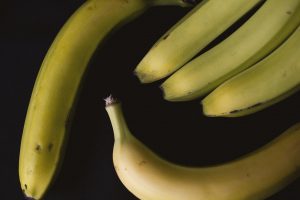
The first renewable bio-methane power plant built in Utah, this North Salt Lake facility began accepting organic food waste last spring. It can accept 1,000 tons of food waste daily, and can produce enough bio-gas to power 40,000 homes — a community roughly the size of Bountiful. Capturing these greenhouse gases and preventing them from reaching the atmosphere is comparable to taking 75,000 cars off the road.
Nielsen is looking forward to utilizing the new onsite anaerobic food-digester becoming available in 2020 in Kahlert Village, the U’s newest residential housing development.
Near the beginning of each semester, Nielsen brings a large, clear bucket and scale to the Peterson Heritage Center dining hall. She fills the bucket up with food students in the dining hall are throwing away. Nielsen displays the scale and bucket near a table featuring entire hamburgers and intact pizza slices students are also tossing in the trash. The visual image speaks loudly on its own. For weeks afterward, trash in the PHC weighs considerably less.
There are several things U students can do to get involved and take action. Volunteers are needed to help out at the Feed U Pantry, Food Recovery Network and Edible Campus Gardens. Patrons of campus dining halls can be careful to take only what they will actually eat.
As Nielsen points out on a sign she made for the PHC wall, “Take one plate at a time, then return for more. We cooked plenty!”
Anyone can donate canned or packaged goods to the Feed U Pantry. Volunteers can download an app to join an expanding network of food rescuers. Through the Food Rescue US app, participants can receive or send notices about excess food nearby, details on pick up and notes on where to deliver it and respond according to availability. Like Good Samaritan Uber drivers, volunteers show up when available and help get surplus food into the hands of people nearby who really need it.


